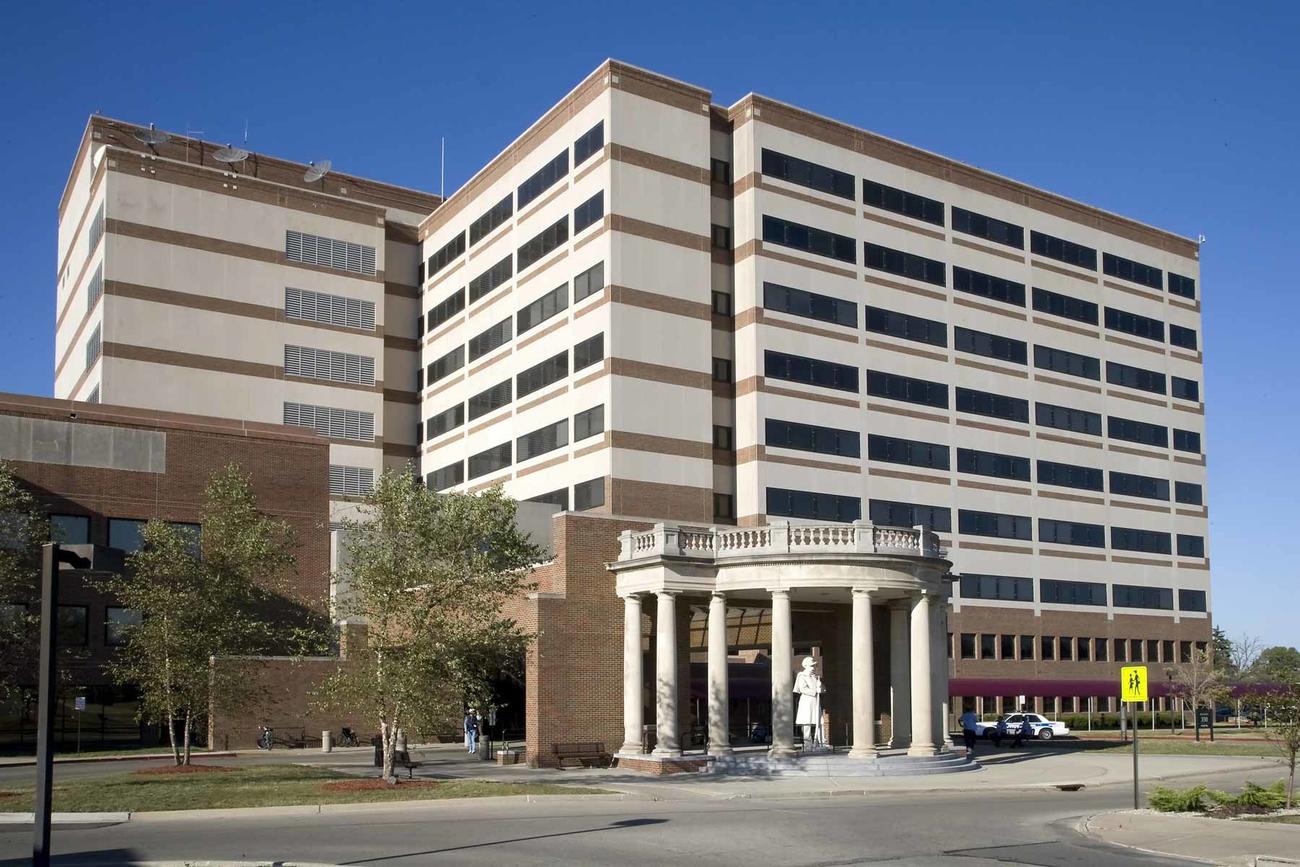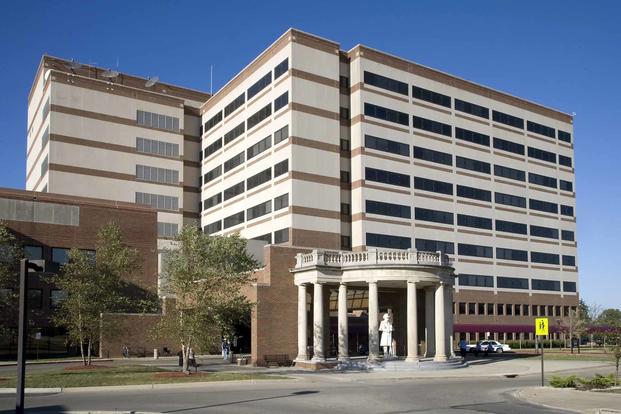

Veterans Health Administration (VHA) wait times and costs can be comparable to, and in some cases better than, what’s on offer from private medical care, according to a study released this week.
One analysis of wait times for outpatient specialty care at VHA and community care facilities found that mean wait times decreased between 2015 and 2018 for both, with the best declines found at VHA facilities, the nonprofit research firm RAND Corp. found.
In fact, by 2018, community care (private medical care) wait times were longer than VHA waits, the report said. Other studies reached similar findings, RAND said.
When it comes to costs, the report’s authors said: “There are some indications that community care may be more expensive than VHA-delivered care. VHA has the ability to manage and standardize the care that it delivers directly, but it is not able to manage veterans’ care once they have been referred to community providers.”
Private health care has always been available to U.S. veterans. But legislation in recent years has made a point of emphasizing that resource as a supplement to VA medical care.
In 2018, Congress passed the “Mission Act,” letting veterans make medical appointments outside the VA system, with the VA paying certain costs when veterans meet required criteria.
What the VA has spent on outside care has steadily grown, from $7.9 billion in 2014 to $18.5 billion in 2021, RAND found.
As costs for community care have risen, the share of the VHA budget on community care has also increased, the report said.
In 2014, community care amounted to 12% of VHA spending. This nearly early doubled by 2021, with community care costs making up 20% of all VHA spending on medical care, RAND said, citing Congressional Budget Office data in 2021.
In general, RAND found that VA patients face particular challenges that private health care providers may not always be best equipped to meet.
“Veterans enrolled in VHA are a complex patient population with health care needs that differ from those of the nonveteran population, including higher rates of posttraumatic stress disorder, exposure to environmental toxins, and suicide,” the authors said.
“VHA providers are well-versed in veteran culture and the conditions that are prevalent among veterans. Community care providers may not have substantial experience caring for veterans and may not even realize that a given patient is a veteran,” they added.
The Dayton VA campus had 276,072 primary care appointments last year, with 33,054 veterans enrolled. Those numbers do not include mental health services patients, a Dayton VA spokeswoman said.
___
(c)2022 the Dayton Daily News (Dayton, Ohio)
Visit the Dayton Daily News (Dayton, Ohio) at www.daytondailynews.com
Distributed by Tribune Content Agency, LLC.
© Copyright 2022 Dayton Daily News. All rights reserved. This material may not be published, broadcast, rewritten or redistributed.
